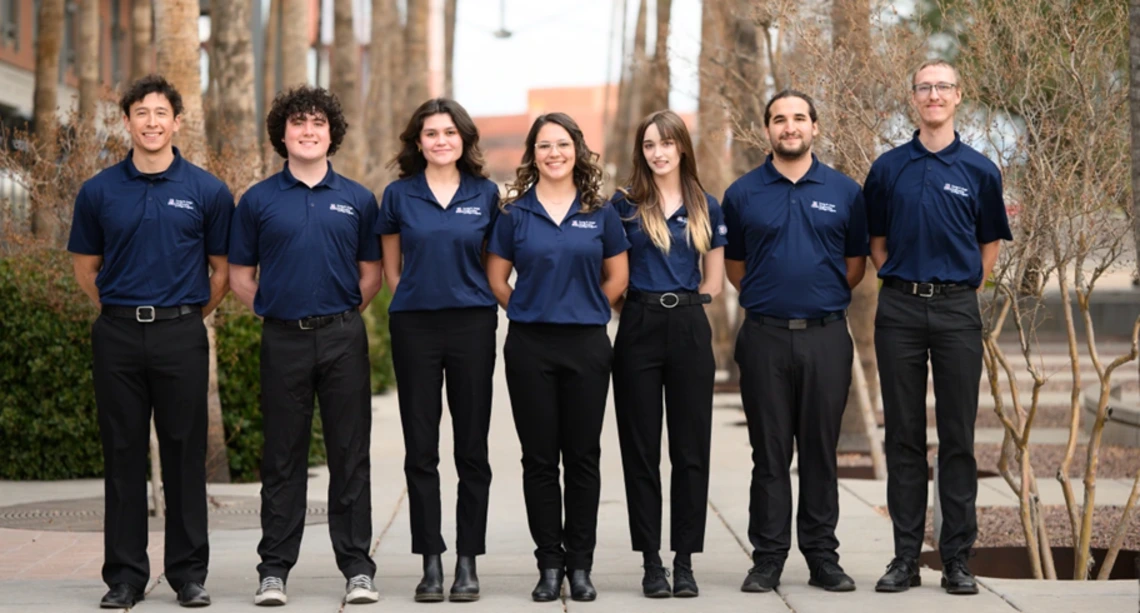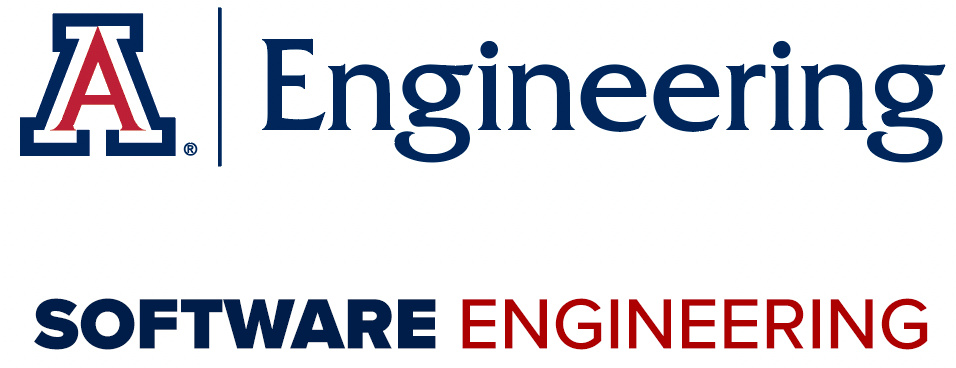3D printer project reduces plastic waste on campus

(From left) Erian Perez-Gamboa, Malcolm West, Samantha Perry, Lauren Froberg, Shelby Janssen, David Sepulveda and Tej Scott comprise Team 25009, which is focusing on reducing 3D printer waste in the Engineering Design Center.
Engineering capstone students are developing a tool to reduce plastic waste and teach fellow engineers better educational practices.
A recent study out of the University of Arizona Engineering Design Center found that more than a quarter of all 3D printer runs result from user error, wasting the plastic filament.
To address this issue, Team 25009 is fashioning a tool that can automatically adjust the 3D printer settings to match the needs of the design input. If a user selects the wrong plastic filament for a 3D printout, the tool can automatically override the incorrect settings and use the proper plastic source or it can stop the print process so the user can make a correction.
Plastic waste is common at the EDC, which is why the center sponsored the project, said project adviser Matthew Briggs. Briggs is assistant professor of practice and design fellow for the College of Engineering, with a joint appointment in U of A Health Sciences.
“This project is really interesting because they’ve made it so low-cost. We’re considering reproducing it to use in other makerspaces on campus to help mitigate more waste,” he said, adding that the team made sure the tool is easy to reproduce.
Team 25009’s project uses inexpensive, off-the-shelf, optical scanning technology and a machine learning algorithm to quickly evaluate the filament. A spectral scanner in the tool takes visual spectrum, infrared, and near infrared readings, which are processed by a machine learning algorithm.
“This is important, as every different type of filament has a specific nozzle temperature, bed temperature and print speed. The printer needs to be set correctly in order to have a successful print,” explained Samantha Perry, a software engineering major and project lead.

